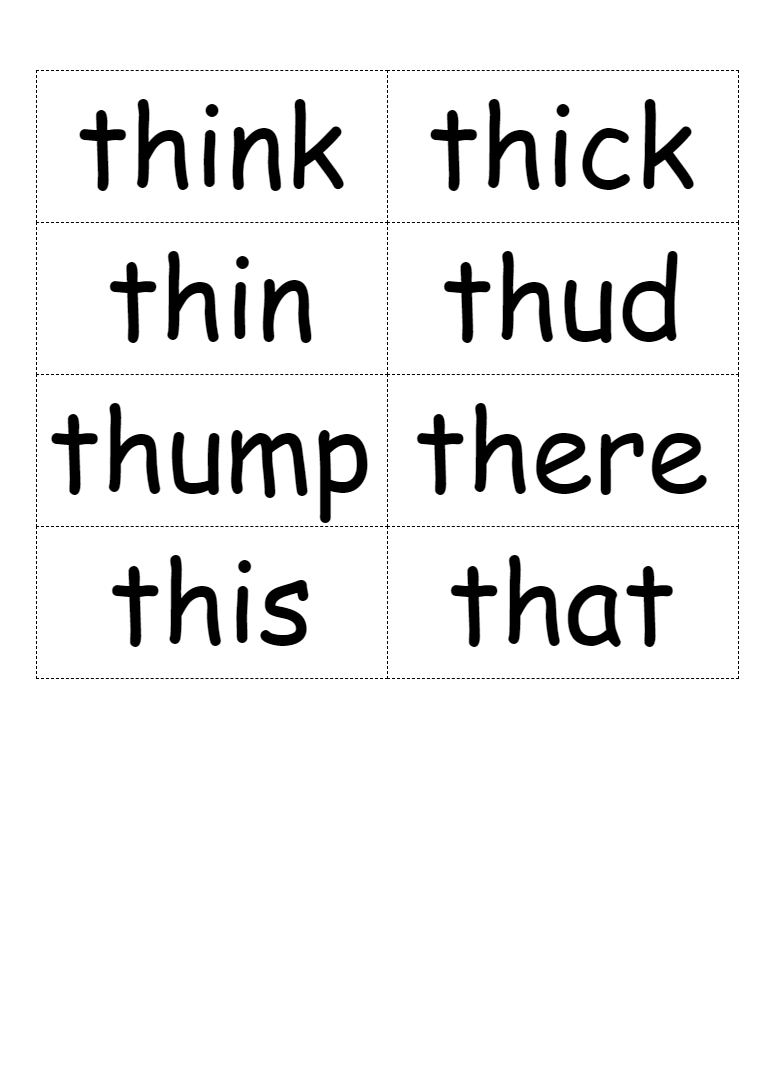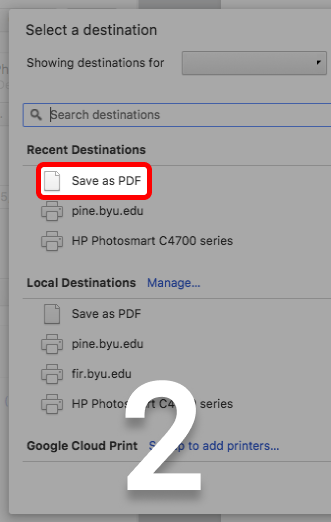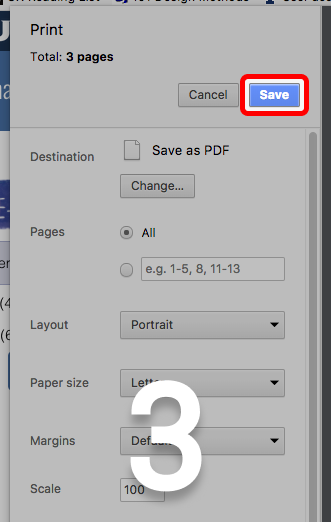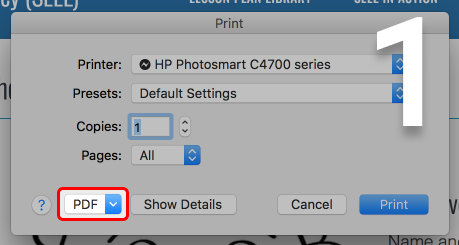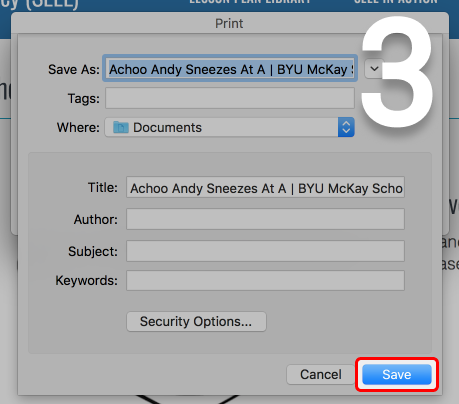Thick and Thin
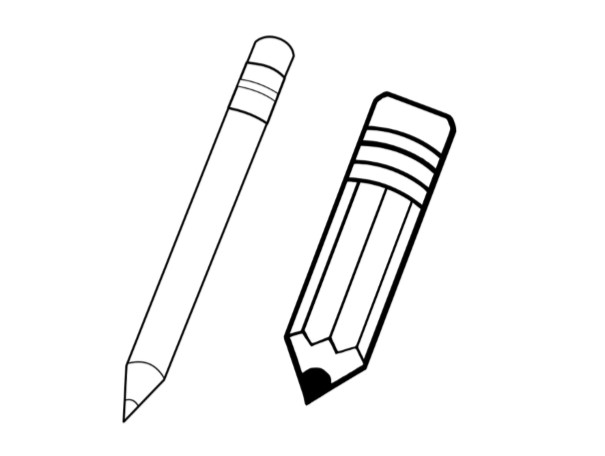
Lesson Plan
Target Words:
- thin
- thud
- thick
- think
- thump
- three
Materials:
- Thick and thin graphics
- Thick and thin objects (e.g., book, paper, markers, pencils)
- Word cards
- Thick and Thin Things target text
State and Model the Objective
The children will decide if objects are thick or thin and then read and write words spelled with th, such as thick, thin, thump, and thud.
Literacy Activities
Thick and thin objects
- Introduce the words thick and thin and point out that the letters t and h written together make the /th/ sound.
- Demonstrate the difference between something thick (a book) and something thin (a piece of paper).
- Show the children a matching pair of thick and thin graphics (i.e., a thick thistle and a thin thistle) and have them point to the thick one and then the thin one.
- Repeat with each pair of thick and thin graphics.
- Show the children real objects of varying thicknesses and have them put their thumb up if the object is thick or their thumb down if the object is thin.
Will it thud?
- Show the children a book and a piece of paper and ask the children which object they think will make a thud when dropped.
- Have the children close their eyes and listen while you drop the book.Then have them listen again when you drop the sheet of paper.
- Comment that objects like a thick book make a thud, but objects like a thin sheet of paper do not make a thud.
- Allow the children to predict whether they think a variety of objects will make a thud or not. Then, drop each of the objects and listen for the results.
- Review which objects went thud and which objects did not.
Thick and thin word cards
- Help the children read the word cards and have them use their thumb to trace a circle around the th at the beginning of the words.
- Have the children fold some of the word cards one time and some of the word cards three times.
- Point out that the word cards with three folds are thicker than the cards with one fold and that the word cards with one fold are thinner than the cards with three folds.
More Practice
Read target words in a text
- Read the Thick and Thin Things target text to the children.
- Have the children underline the words spelled with th in the text.
- Engage the children in reading the text with you.
- Read the text again, fading support.
Write about the activity using target words/patterns
- Give each child one of the thick or thin graphics.
- Help the children identify whether the item pictured is thick or thin.
- If their graphic is thick, invite the child to write thick on the graphic with a thick marker.
- If their graphic is thin, invite the child to write thin on the graphic with a thin marker or pencil.
- Have the children write “This paper is thin” on a sheet of paper and underline the th in this and thin.
- Instruct the children to fold the paper three times and write “This paper is thick” on the folded paper, underlining the th in this and thick.
Read More
SEEL Target Texts
Thick and Thin Things
Some things are thick.
Some things are thin.
Sometimes thick and thin things get dropped.
When some thick things get dropped, I think they will make a thump or a thud.
But if a thin piece of paper gets dropped, I don’t think it will make a thump or a thud.
Try dropping some thin and thick things to see which ones make a thump or a thud.
Think about some thin and thick things that might make a thump or a thud.
Think of some thin and thick things that might not make a thump or a thud.
Let’s drop some thick and thin things.
Some things are thin.
Sometimes thick and thin things get dropped.
When some thick things get dropped, I think they will make a thump or a thud.
But if a thin piece of paper gets dropped, I don’t think it will make a thump or a thud.
Try dropping some thin and thick things to see which ones make a thump or a thud.
Think about some thin and thick things that might make a thump or a thud.
Think of some thin and thick things that might not make a thump or a thud.
Let’s drop some thick and thin things.
Read More
Standards
SEEL lessons align with Common Core Standards. Please see the standards page for the code(s) associated with this lesson.

http://education.byu.edu/seel/library/
69199
Thick and Thin






